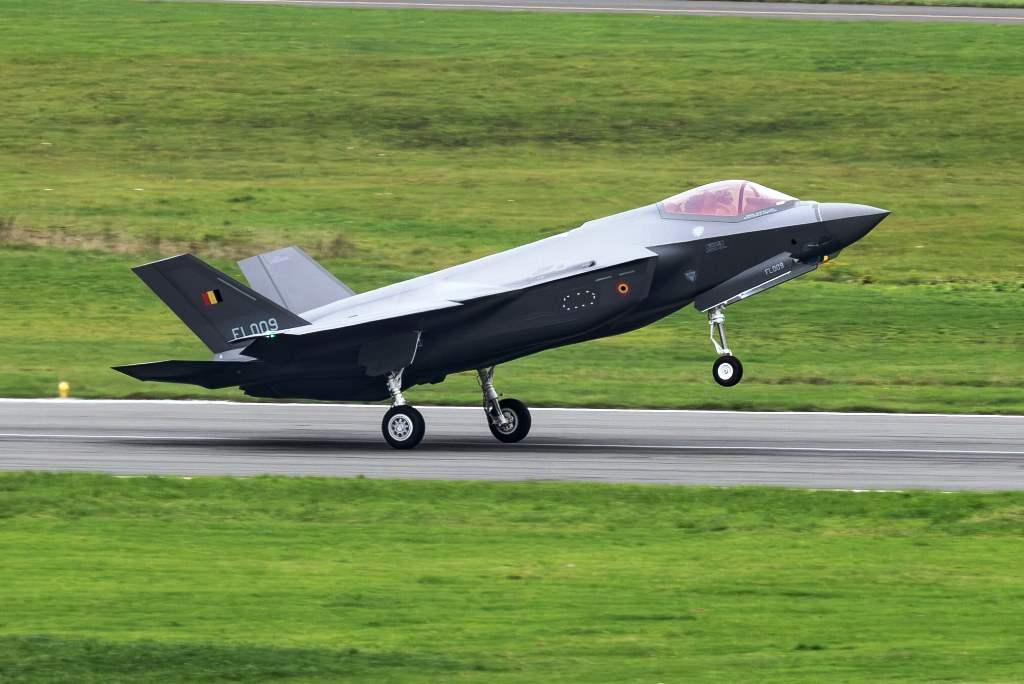Analyzing President Trump’s Diplomatic Engagements in the Gulf: Strategic Implications and Emerging Challenges
As President Donald Trump embarks on a diplomatic visit to Saudi Arabia, Qatar, and the UAE, he is poised to engage in critical discussions regarding military acquisitions, financial partnerships, and technology exchanges. Central to this agenda are negotiations surrounding the replacement of Air Force One, cryptocurrency collaborations, and Gulf states’ requests for U.S. concessions on nuclear and microchip security measures. However, beneath the surface of these talks lies a pressing strategic reality: the evolving dynamics within the Persian Gulf, which is increasingly becoming a pivotal experimental ground for China’s next-generation digital infrastructure.
The Rise of China’s Digital Influence
In line with its expansive “Digital Silk Road 2.0” initiative, China has solidified numerous agreements with the wealthiest capitals in the Gulf over the past couple of years. These contracts aim to provide robust infrastructures suitable for contemporary urban environments, including:
- Sovereign cloud regions that safeguard sensitive data.
- Extensive nationwide 5G networks.
- Comprehensive AI surveillance systems, including sophisticated facial-recognition technology.
Huawei stands out as a preeminent player, but it is accompanied by a consortium of Chinese firms—Alibaba, China Telecom, Dahua, SenseTime, Tencent, and ZTE—through which China has positioned itself as a vital source of technological advancement in the region.
Recent Developments in Gulf Cooperation
Each visit in Trump’s Middle Eastern itinerary has coincided with significant developments involving Chinese technology:
- Qatar recently unveiled a strategic partnership with Huawei focused on creating a "smart campus" in Doha, complete with facial-recognition systems and local data storage capabilities.
- Saudi Arabia has made strides by establishing the Riyadh Cloud Region with a substantial investment package from Huawei, aligning closely with its Vision 2030 diversification strategy.
- The UAE, a long-time adopter of Chinese telecommunications, has been developing an extensive city-wide surveillance initiative, leaning heavily on Chinese technology.
These advancements offer key advantages appealing to Gulf states, which are increasingly concerned about data sovereignty and the dependability of their technological partners.
Unpacking the Chinese Offer
Two key facets of Chinese technology partnerships resonate strongly within the Gulf monarchies:
-
Data Sovereignty: Chinese vendors provide assurances that sensitive data will remain within national borders, a crucial point for governments apprehensive about foreign surveillance.
- Flexible Financing: Unlike U.S. requirements often tied to investment mandates, Chinese arrangements typically involve joint ventures or direct equity stakes, allowing Gulf states to progress economically while avoiding additional fiscal burdens.
This contrasts sharply with the conditions often imposed by U.S. negotiations, which can include stringent stipulations concerning both political and economic alignments.
Networks of Collaboration and Influence
The evolving relationships between Gulf tech firms and their Chinese counterparts are more than transactional. Significant partnerships have formed, enhancing both technological infrastructure and regional strategic alignment. Recent collaborations include:
- Alibaba Cloud’s establishment of the Saudi Cloud Computing Company, which provides dual availability zones to serve a variety of sectors, including government and finance.
- Tencent Cloud’s investment, characterized by a commitment of $150 million for a dual data center aimed at optimizing local services in gaming and streaming.
Chinese firms recognize Gulf countries as crucial reference customers, thus bolstering their influence far beyond the region, particularly into Africa and South Asia.
Implications for U.S. Strategic Interests
The burgeoning Sino-Gulf partnerships present critical challenges to American interests in the region. The overlap between U.S. military and Chinese technological spheres raises concerns about operational security:
- In Bahrain, Chinese technology is becoming integral to the 5G infrastructure serving U.S. naval operations.
- Near Abu Dhabi, collaborations on telecommunications could imperil intelligence gathering capabilities due to embedded Chinese hardware.
Security and Intelligence Risks
American military leaders express concerns that civilian networks, particularly those bolstered by Chinese technology, could inadvertently or deliberately facilitate intelligence collection on U.S. military operations. This unsettling prospect could weaken the security framework that the U.S. has provided, even as Gulf states assert their capability to manage these technological relationships.
Futures and Strategic Outcomes
The interplay of interests in the Gulf raises pivotal questions about regional stability and international alignments. As Gulf leaders maintain their dual-track engagements with both U.S. and Chinese technology providers, three key issues emerge:
-
Crisis Management: How will Gulf nations navigate scenarios where Chinese systems operate in parallel with U.S. military communications during a conflict?
-
Strategic Dependencies: How will the U.S. recalibrate its approach to allies whose infrastructures are closely tied to a major strategic competitor in technology?
- Long-term Chinese Aspirations: Can Beijing convert its commercial positions into military partnerships, further complicating the regional security architecture?
These questions pose significant implications not only for military strategy but also for the global balance of power and technological standards. As Gulf cities increasingly adopt Chinese technological frameworks, their endorsements could sway regions worldwide, solidifying China’s position as a global technology leader while intensifying U.S.-China rivalry.
In light of these developments, U.S. policymakers face an urgent imperative to reassess their strategic posture in the Gulf, ensuring that critical interests are safeguarded even amidst a rapidly evolving technological landscape. The ongoing dynamics will undoubtedly shape the future of competition in the Middle East and beyond.





